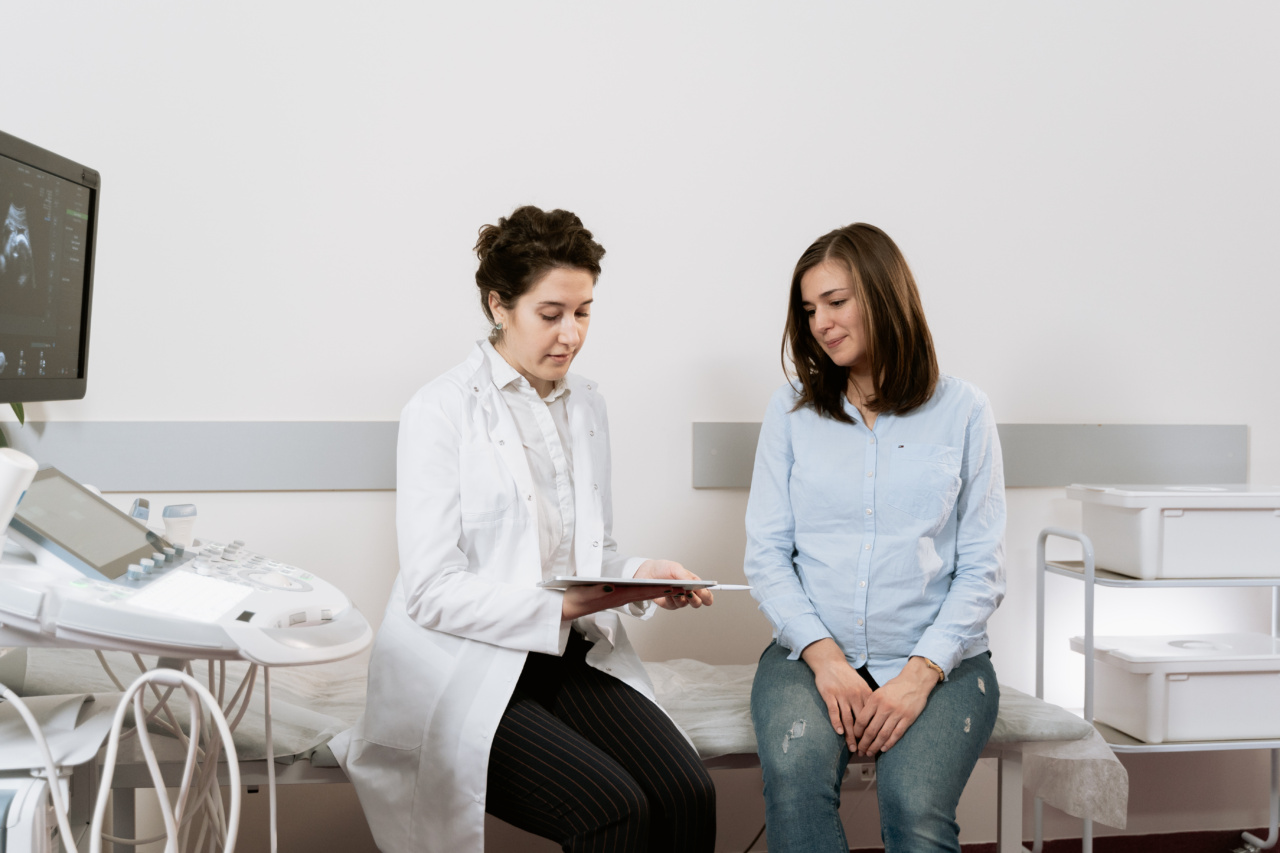Condom-less sex, also known as unprotected sex, refers to sexual intercourse without the use of a condom as a method of contraception.
While engaging in condom-less sex may be a personal choice for some individuals or couples, it is crucial to understand the potential risks and consequences associated with it, both in terms of pregnancy and overall sexual health.
The Odds of Pregnancy
One of the primary concerns of engaging in condom-less sex is the risk of unintended pregnancy.
When a woman is ovulating, meaning that she is releasing an egg from her ovary, there is a higher likelihood of conception occurring if unprotected sex takes place. Sperm can survive in the female reproductive system for up to 5 days, thus increasing the chances of fertilization during this time.
Research suggests that the rate of pregnancy from condom-less sex can vary depending on various factors, including the timing of intercourse relative to the woman’s ovulation period, the age of the woman, and the overall fertility of both partners involved. Due to these variables, it is challenging to provide an exact pregnancy rate, as it can range anywhere from 15% to 30% per menstrual cycle for couples actively trying to conceive.
It is important to note that the chances of pregnancy during condom-less sex increase exponentially when compared to using other contraceptive methods, such as condoms, birth control pills, or intrauterine devices (IUDs).
These methods provide a more reliable barrier against unplanned pregnancy by either preventing sperm from reaching the egg or inhibiting ovulation altogether.
Health Risks of Condom-less Sex
Beyond the potential for unintended pregnancy, engaging in condom-less sex can also expose individuals to various health risks, primarily sexually transmitted infections (STIs).
Condoms are an effective means of preventing the transmission of STIs by acting as a barrier between partners and reducing the risk of skin-to-skin contact and exchange of bodily fluids.
When condom-less sex occurs with a partner(s) whose STI status is unknown or with multiple partners, the risk of contracting an STI significantly increases.
STIs such as chlamydia, gonorrhea, syphilis, HIV/AIDS, and herpes can be transmitted through sexual contact and pose serious health complications if left untreated.
Furthermore, certain STIs, particularly HIV/AIDS, can weaken the immune system over time, making individuals more susceptible to opportunistic infections and certain types of cancers.
Regular testing, open communication with partners about sexual health, and consistent condom use are vital in reducing the risk of contracting STIs.
Other Considerations
While discussing the odds of pregnancy and health risks associated with condom-less sex, it is essential to consider additional factors that may influence these outcomes. These factors include:.
1. Ovulation Tracking
Understanding and tracking ovulation cycles can help individuals and couples make more informed decisions about engaging in condom-less sex.
Various methods, such as tracking basal body temperature or using ovulation predictor kits, can assist in identifying the fertile window and reducing the risk of pregnancy.
2. STI Testing
Regular testing for STIs is crucial, especially for individuals engaging in condom-less sex or having multiple partners.
This ensures early detection and timely treatment, which can help prevent long-term health complications and reduce the risk of transmission to others.
3. Mutual Monogamy
Mutual monogamy, where both partners are committed to a sexually exclusive relationship, can significantly reduce the risk of STI transmission.
However, it is essential to have open and honest conversations with partners about sexual history and STI testing to maintain trust and ensure ongoing sexual health.
4. Fertility Awareness Methods
Couples who are not ready for pregnancy but wish to engage in condom-less sex may consider fertility awareness methods (FAMs).
FAMs involve tracking menstrual cycles and using natural indicators, such as cervical mucus and basal body temperature, to determine fertile and non-fertile days. Though FAMs require diligence and consistent monitoring, they can be an option for individuals with regular menstrual cycles.
Conclusion
While condom-less sex may provide a heightened sense of intimacy for couples and individuals, it is vital to consider the potential risks and consequences.
Unprotected sex increases the chances of unintended pregnancy and exposes individuals to STIs, which can have lifelong health implications. Making informed decisions about contraception, regular STI testing, and open communication with partners are critical in maintaining sexual health and well-being.





























